

Mix one part white vinegar with one part water in a spray bottle for a simple yet effective solution. This blend not only helps to dissolve grime but also acts as a natural disinfectant, preventing mould and algae growth. Ensure to cover surrounding plants with tarps to protect them from the acidic nature of vinegar.
Apply the mixture generously and let it sit for about 30 minutes to penetrate the dirt. Afterward, scrub the surface using a soft-bristled brush. This method is gentle enough to avoid damaging the covering while still lifting away accumulated debris.
For tougher stains, consider using baking soda. Create a paste by mixing it with water, applying it directly on the stained areas, and allowing it to dry before scrubbing. This not only tackles set-in stains but also freshens up the overall appearance.
Rinse with a hose or bucket of water to wash away residues, ensuring that all cleaning agents are completely removed. Regular maintenance will prolong the life of your shelter and keep it looking its best.
Alternative Methods for Maintaining Your Sloping Surface
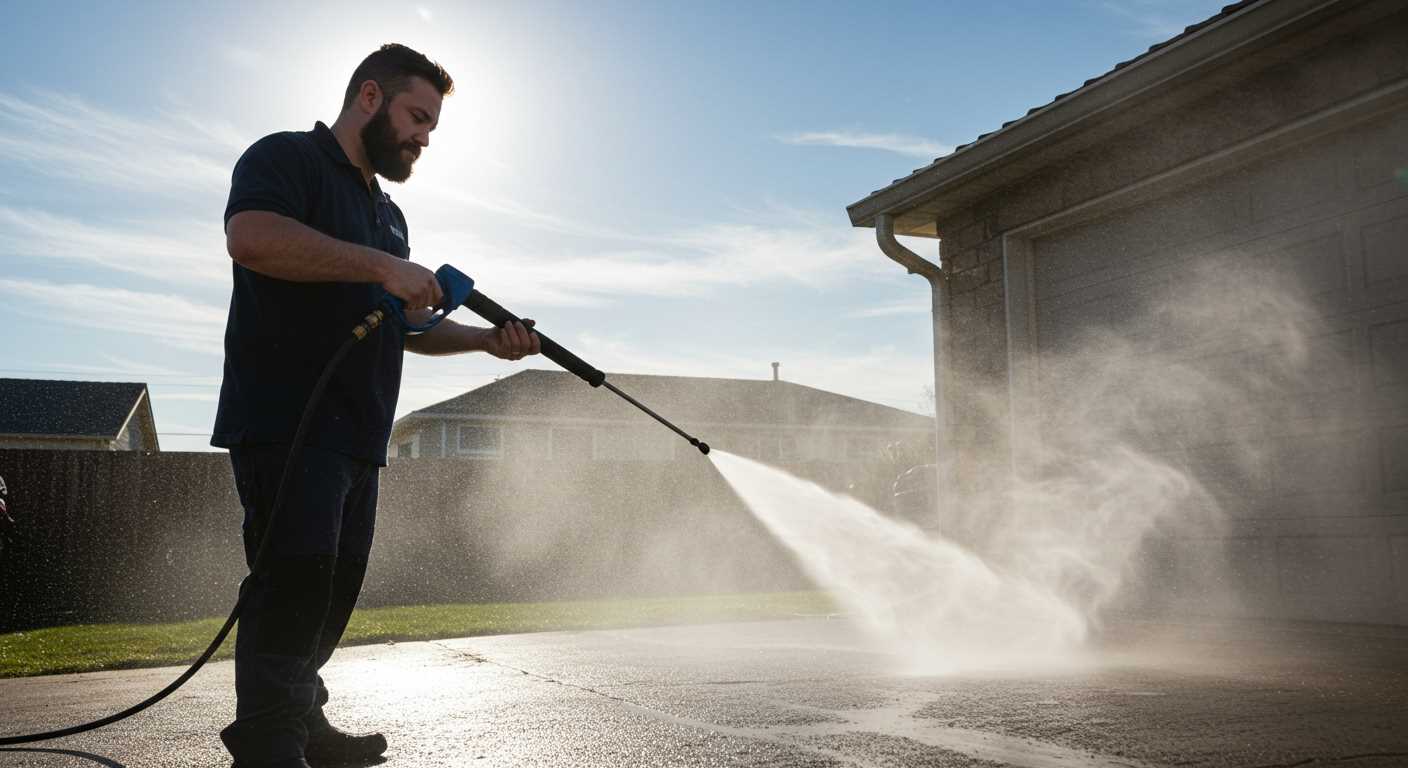
Utilise a soft-bristle brush attached to a long extension pole for scrubbing. This allows for thorough removal of dirt and debris while preventing damage to the surface beneath.
Employ a mixture of warm water and a mild detergent for tackling tough stains. Apply the solution using a spray bottle, allowing it to soak for about 10-15 minutes before scrubbing.
Step-by-Step Process
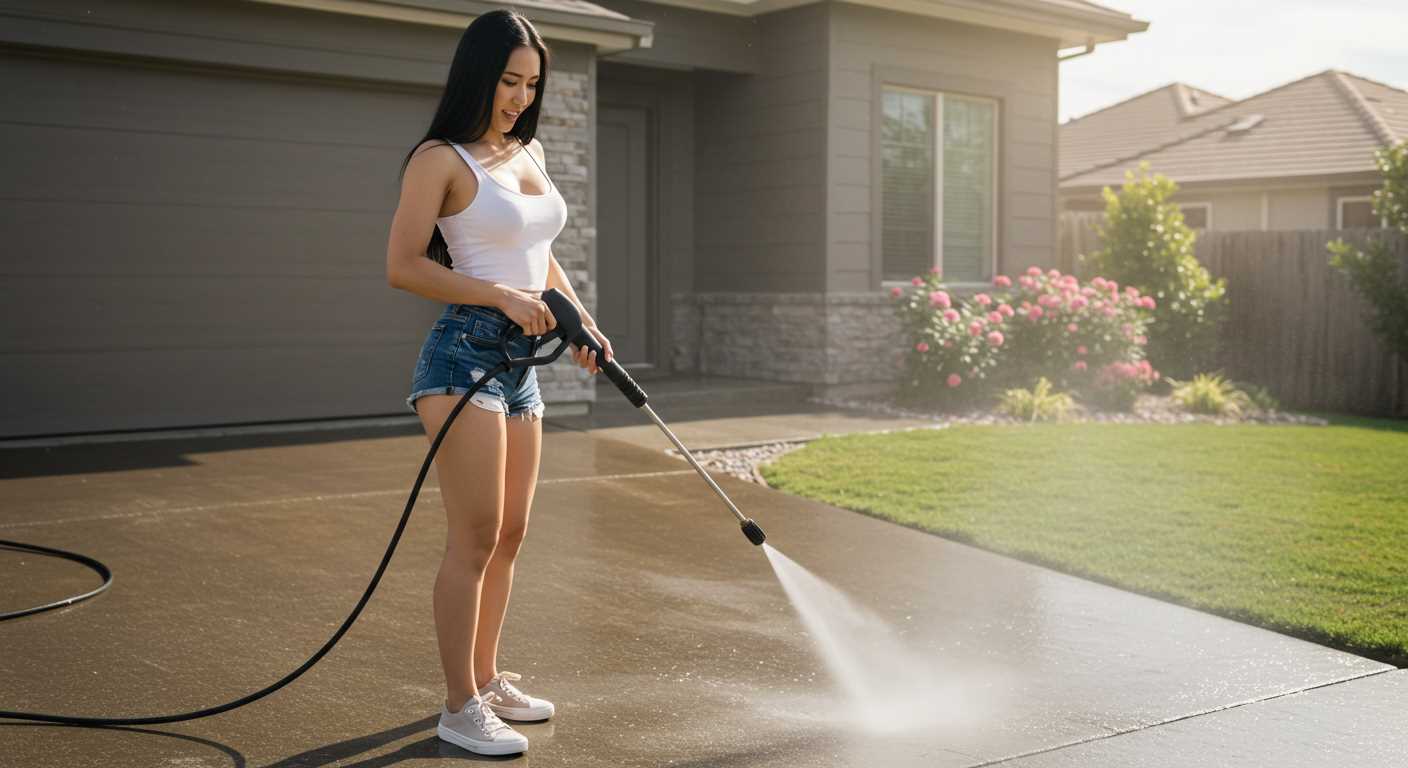
- Prepare your solution: Combine water and detergent in a bucket or spray bottle.
- Spray the affected areas, ensuring even coverage.
- Use the soft-bristle brush to gently scrub away any residue.
- Rinse with clean water using a garden hose to remove remaining soap and debris.
- Inspect for any areas that may require additional attention and repeat as necessary.
Safety Precautions
- Always wear safety goggles to protect your eyes from debris.
- Consider using non-slip footwear to maintain your stability while working on an incline.
- Utilise a harness or safety rope if working at significant heights.
Regular maintenance not only preserves appearance but also extends the lifespan of your materials. Schedule this task periodically to avoid build-up, ensuring a resilient structure over time.
Choosing the Right Cleaning Solutions for Roof Tiles
Select biodegradable options to minimise environmental impact. These products effectively eliminate algae, moss, and lichen without harming surrounding plants and vegetation.
For tough stains, consider oxygen bleach. It’s a powerful, non-toxic option that breaks down organic matter efficiently. Dissolve the powder in water according to the manufacturer’s instructions prior to application.
Avoid corrosive chemicals; they may damage the surface and void any warranties. Instead, explore eco-friendly alternatives containing vinegar or baking soda, which are gentle yet effective.
Here’s a comparison of popular cleaning agents:
| Product | Type | Usage | Environmental Impact |
|---|---|---|---|
| Biodegradable Cleaner | Liquid | Apply directly, rinse thoroughly | Low |
| Oxygen Bleach | Powder | Dissolve in water, apply, rinse | Low |
| White Vinegar | Liquid | Apply directly, scrub if needed | Very Low |
| Baking Soda | Powder | Mix with water, apply paste | Very Low |
Test any cleaning solution on a small area first to ensure compatibility with the surface. Follow the manufacturer’s instructions regarding safety and application for optimal results.
Preparing Your Roof for Cleaning
Before initiating any cleaning process, it’s imperative to inspect the surface thoroughly. Look for loose or damaged materials that might compromise safety during the task. Address any structural issues beforehand to prevent exacerbating the situation.
It’s advisable to remove any debris, such as leaves or branches, that may have accumulated over time. This not only aids in the efficacy of the cleaning procedure but also helps to prevent water pooling, which can lead to further complications.
Ensure the area beneath the structure is clear; cover plants and outdoor furniture to protect them from potential splashes of cleaning substances. Use tarps or plastic sheets as necessary to shield your surroundings from any runoff.
Consider the weather conditions before beginning. Mild, dry days are the most suitable for this endeavour, as rain can hinder efforts and create safety hazards. Be cautious of windy conditions, which can make handling equipment precarious.
It’s prudent to equip yourself with the appropriate safety gear. Wearing gloves, goggles, and non-slip shoes will provide protection and ensure stability while working at height.
Finally, assess access points. Use sturdy ladders or scaffolding as needed for safe movement and reach. All these preparations set you up for a successful and secure cleaning operation.
Using a Garden Sprayer for Application
Utilising a garden sprayer is a straightforward and effective method for applying cleaning solutions. Choose a pump sprayer with a capacity of at least two gallons for efficiency. Ensure the nozzle has an adjustable spray pattern, which allows for versatility in application width and pressure.
Mixing the Solution
Before transferring the cleaning mixture into the sprayer, mix it thoroughly in a separate container. Follow the manufacturer’s instructions for ratio and blending of the chemicals. Use warm water to aid dissolution if the cleaner is powder-based. Once mixed, carefully fill the sprayer, leaving some air space at the top to allow for pressure build-up.
Application Technique
Spray from the bottom to the top, moving in smooth, consistent strokes. Start with a light coating to prevent the solution from running off too quickly. Pay attention to areas with heavy residue; these may require additional applications. Allow the solution to work for the recommended time before rinsing. Maintain a safe distance from the surface to avoid over-saturation.
Scrubbing Techniques for Different Tile Materials
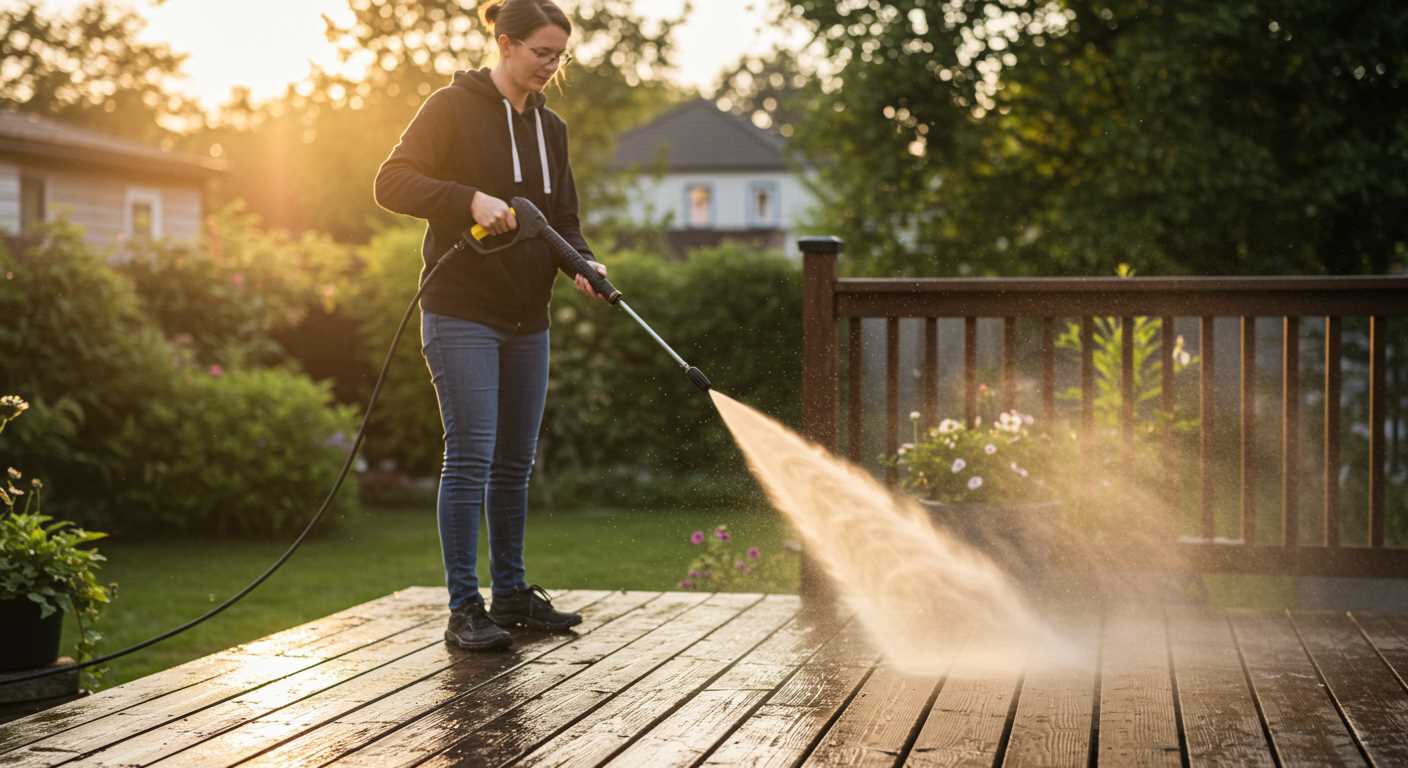
For effective upkeep of various tile types, selecting the appropriate scrubbing method is key. Below are specific techniques tailored for different materials:
- Ceramic or Porcelain:
- Utilise a soft-bristled brush to avoid scratching the surface.
- Apply a cleaning solution and let it sit for a few minutes to lift dirt before scrubbing.
- Terracotta:
- Opt for a medium-bristled brush, as terracotta can be quite porous.
- Use a solution containing vinegar for natural disinfection and cleaning.
- Rinse thoroughly to remove any cleaning residue that could damage the tiles over time.
- Slate:
- Employ a gentle scrubbing pad; avoid metal brushes to prevent chipping.
- A mixture of water and a few drops of dish soap works well.
- Rinse with clean water to maintain the natural look and prevent soap buildup.
- Concrete:
- Use a stiff-bristled brush to thoroughly scrub away stubborn stains.
- A baking soda paste can be effective for tough grime; apply it before scrubbing.
- Ensure to wash away the residue with a garden sprayer for a comprehensive clean.
- Asphalt:
- A soft broom is suitable to remove debris without damaging the surface.
- For stubborn spots, a sponge with a mild detergent can be useful.
- Rinse off thoroughly, as asphalt is prone to hold onto residues.
Adjusting the scrubbing technique based on tile material ensures a more effective and safe process, leading to better maintenance and longevity of the surfaces.
Safely Remove Moss and Algae
For effective removal of moss and algae, I recommend a non-bleach solution to preserve the integrity of your exterior surfaces. A simple mixture of white vinegar and water is an excellent option. Combine equal parts of each in a spray bottle. Apply generously on the affected areas and allow it to sit for approximately 30 minutes to an hour.
Application Techniques
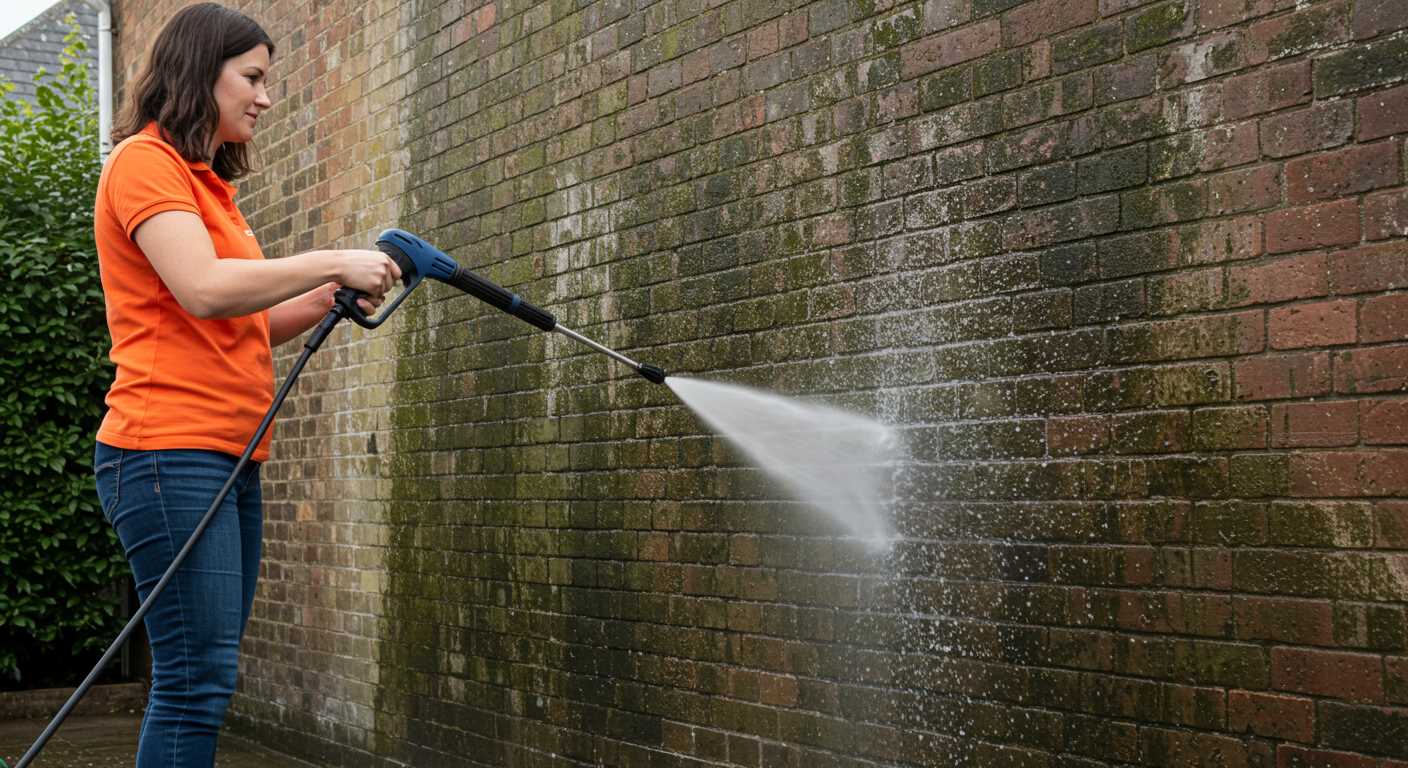
When applying the solution, ensure you do so during a dry, overcast day to prevent quick evaporation. This enhances absorption and maximises the impact on the moss and algae. After the waiting period, use a stiff-bristled brush to scrub the area. Start from the top and work your way down to avoid dripping debris. Rinse the area thoroughly with clean water after scrubbing to remove any remaining solution and loosened growth.
Preventive Measures
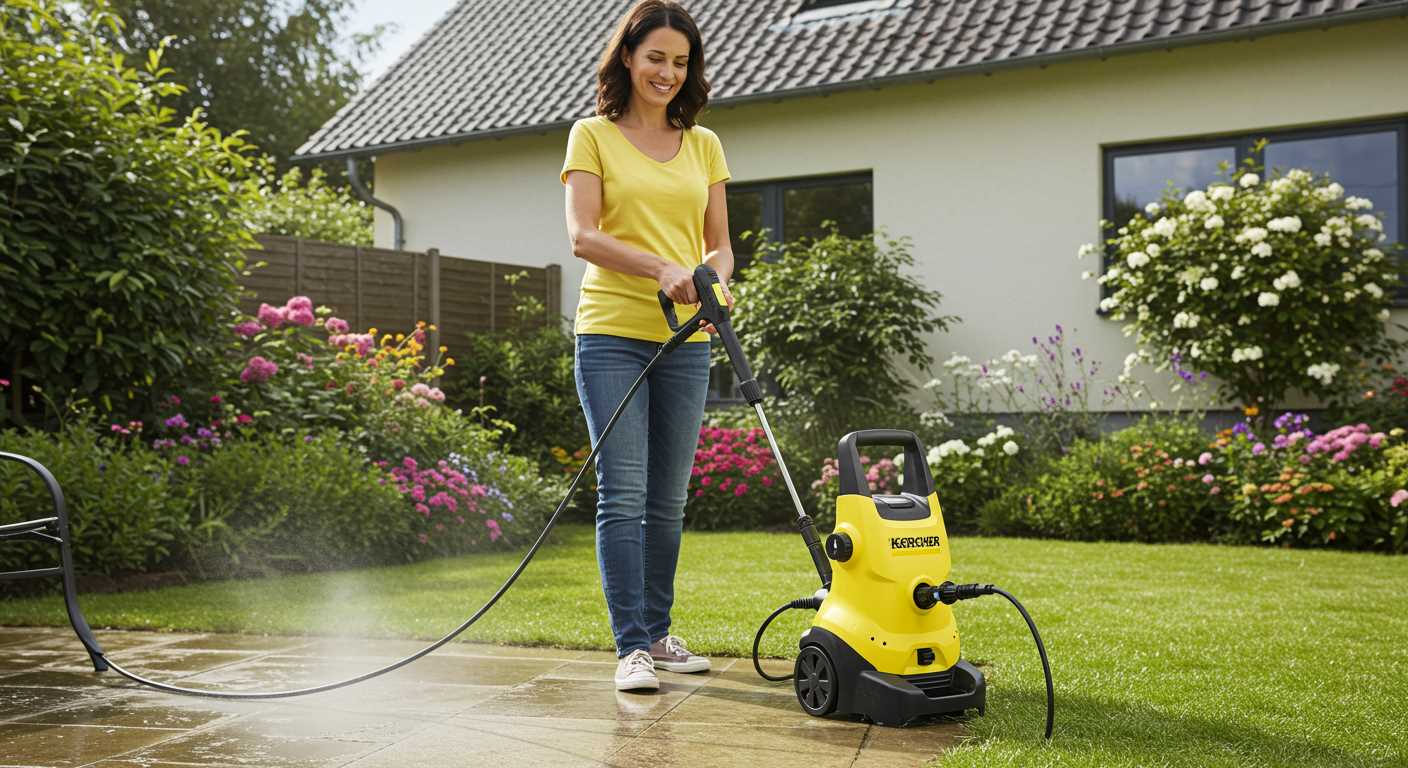
To reduce the regrowth of moss and algae, consider applying a preventative treatment. A mixture of baking soda and water can be sprinkled on areas prone to these organisms. The alkaline nature of baking soda helps inhibit their growth. Regular inspections and early intervention are crucial to maintaining clear surfaces.
Rinsing Methods Without a Pressure Washer
Utilising a simple hose with a spray nozzle can be highly effective for rinsing debris and cleaning solutions off surfaces. The nozzle’s adjustable settings allow for a gentler spray, minimising the risk of damage to materials.
Gravity-Fed Water Systems
If accessible, consider employing a gravity-fed system for rinsing. This involves connecting a water source to a higher point on the building, enabling water to flow downwards. Position a bucket or container beneath to capture the runoff, allowing you to distribute water evenly across the targeted areas.
Manual Bucket Method
Using a bucket, fill it with water and a mild soap solution. With a large sponge or cloth, soak it in the mixture and apply it to the surfaces. After letting it sit for a few minutes, rinse using clean water poured from the bucket or a hose. This method provides thorough coverage while allowing for controlled rinsing.
For larger areas or heavy buildup, opt for a long-handled brush attached to a garden hose. This lets you scrub while rinsing in one fluid motion, ensuring all solutions and loosened debris are removed adequately.
For the most stubborn residues like moss or algae, mix a vinegar solution and apply it with a spray bottle. After letting it sit for a while, rinse it clean with water from your hose or bucket. This dual-action method effectively diminishes any lingering growth while ensuring surfaces are rinsed thoroughly.
Adapting these techniques for rinsing will prove beneficial, maintaining the aesthetics and integrity of your surfaces without the need for high-pressure equipment.
Maintaining Clean Roof Tiles After Treatment
To keep your roofing materials looking pristine following treatment, regular inspections are critical. Aim to perform checks at least twice a year or more frequently in areas prone to moisture accumulation.
Routine Inspections
Look for any signs of build-up, moss regrowth, or debris accumulation. Address these issues promptly to prevent long-term damage. Use a soft broom to remove leaves and twigs, ensuring water flows freely off the surface.
Seasonal Care
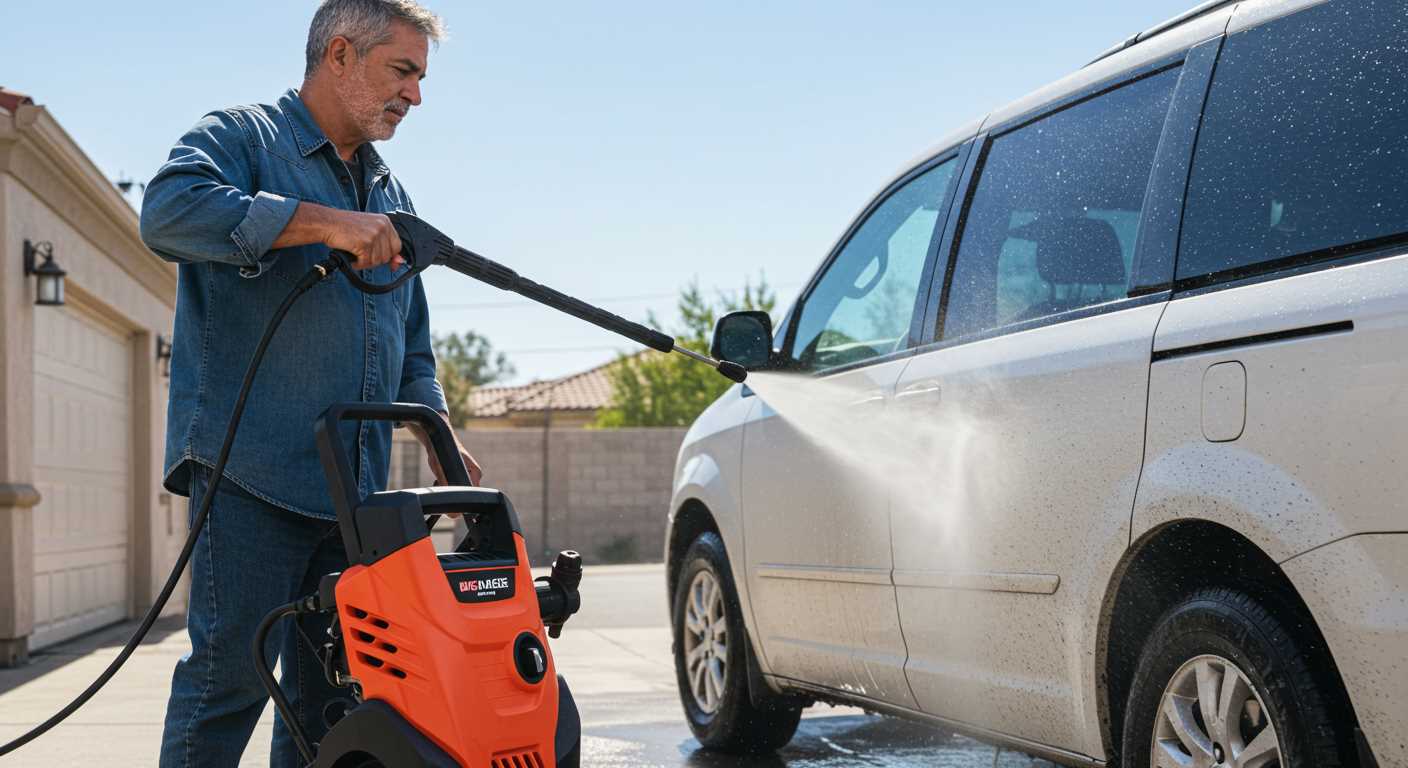
After autumn, ensure to clear any fallen leaves to prevent moisture retention. In spring, inspect for areas where new growth may be noticeable. Early intervention can simplify ongoing maintenance. If you spot any lingering residues, consider applying a mild solution to inhibit further growth before scrubbing.
Consider using a protective treatment that helps repel algae and moss. This can significantly ease upkeep, prolonging the effectiveness of your routine. Always follow the manufacturer’s recommendations to achieve optimal results without compromising your materials.
It’s wise to stay observant and make adjustments to your maintenance schedule based on weather patterns, as increased rainfall can accelerate biological growth. Consistent care not only enhances aesthetics but also extends the life of your roofing assets.








